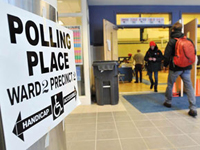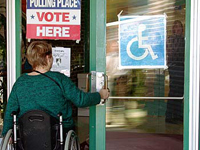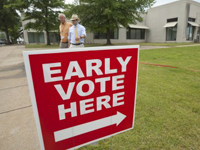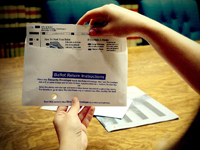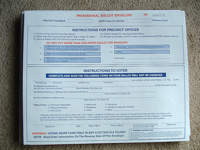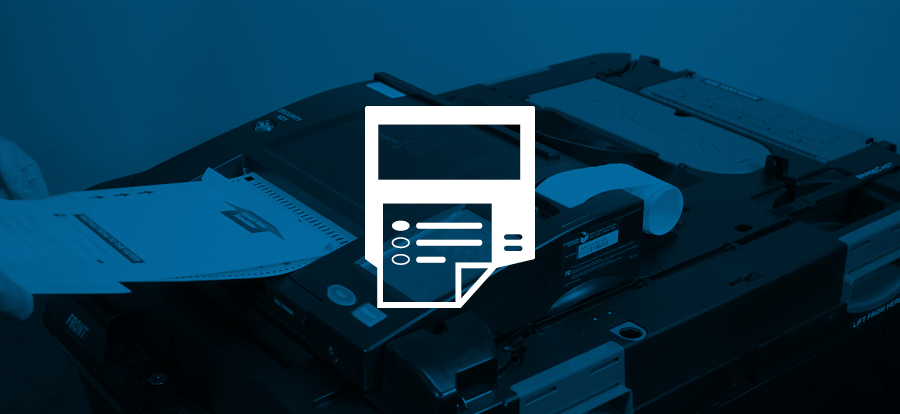
About Voting Equipment
How we vote in the United States is surprisingly complex.
Election security experts agree that the most resilient voting systems use paper ballots (marked by hand or with an assistive device for those who need to use them) that are verified by the voter before casting. Any system that does not include a paper record or a step for voter verification should not be used. Some states and local jurisdictions are still using unreliable and insecure electronic voting systems, while others primarily use hand-marked paper ballots. Visit the Verifier to see the voting equipment being used in your jurisdiction, and learn more about the different types of voting systems below.
Click here for the latest news from Verified Voting about Voting Equipment.
Types of Voting Equipment
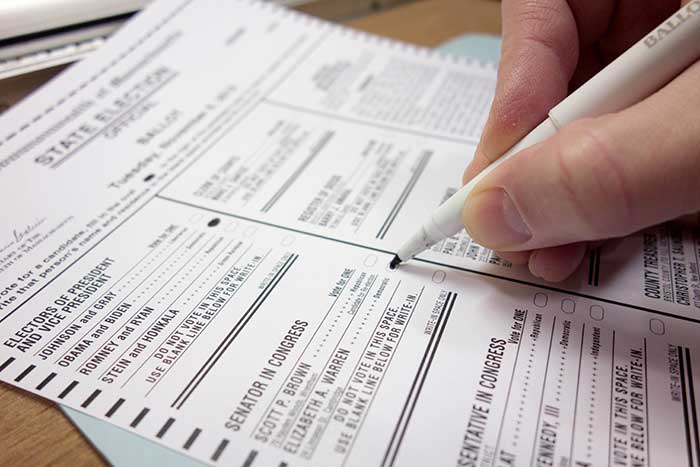
Optical Scanners
Optical scan ballot tabulators, or optical scanners, include hand-fed and batch-fed scanners. In jurisdictions that use optical scanners voters indicate their selections by filling in an oval, completing an arrow or filling in a box for each selection on their ballot. Other voters may use a Ballot Marking Device (BMD), some of which encode voters’ selections into QR codes or bar codes. Ballots are then scanned on hand-fed optical scanners in the polling place or are collected in a ballot box to be scanned at a central location on hand-fed or high-speed batch-fed optical scanners. Most larger jurisdictions have one or more batch-fed optical scanners, which they house in a central location to scan and tabulate mail or absentee ballots.
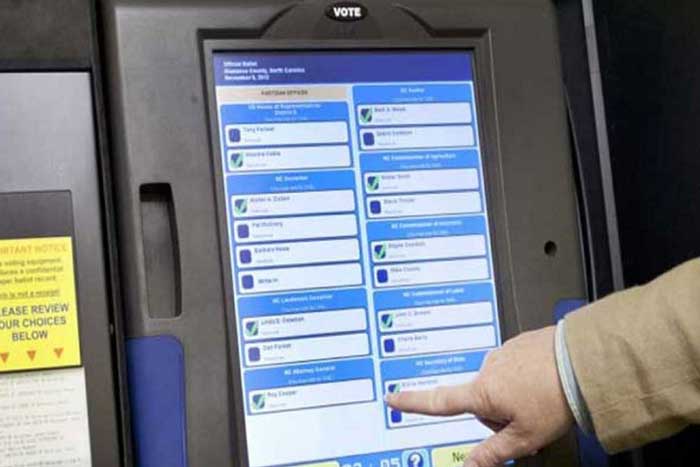
Direct Recording Electronic (DRE) Systems
Direct Recording Electronic (DRE) voting systems use one of three user interfaces (pushbutton, touchscreen, or dial) to allow voters to record their selections directly into computer memory. DREs can support private, independent voting for individuals with disabilities by being configured with Audio-Tactile Interfaces (ATI), headphones so the voter can have the ballot read to them, or paddles or sip-and-puff devices for voters with dexterity impairments. The voter’s choices are stored in DREs via a memory cartridge, diskette, or smart card and added to the choices of all other voters. Some DREs can be equipped with Voter Verified Paper Audit Trail (VVPAT) printers that allow sighted voters to confirm their selections on an independent paper record before recording their votes into computer memory. This paper record is preserved and, depending on state election codes, made available in the event of an audit or recount.
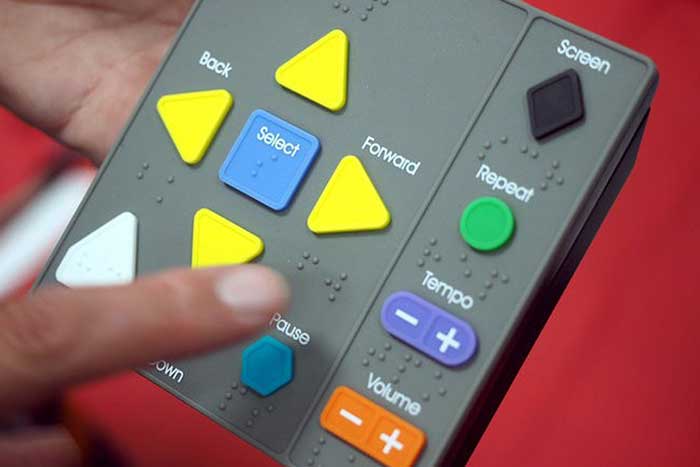
Ballot Marking Devices
Ballot Marking Devices (BMDs) present the electronic ballot, allow voters to electronically select valid contest options and then produce a human-readable paper ballot. Unlike DREs, which record votes directly into computer memory, BMDs do not make any other lasting record of the voter’s selections. Some BMDs mark pre-printed ballots, while others print summaries of voter selections, often with those selections encoded in barcodes or QR codes. Then (except in the hybrid systems described next) voters either cast their ballots on a separate hand-fed optical scanner, or place them in a ballot box to be counted centrally.
BMDs were developed in response to the federal requirement in the Help America Vote Act of 2002 (HAVA) that all polling places must provide a means for voters with disabilities to vote privately and independently. To fulfill this requirement and to broaden usability, BMDs support private, independent voting by providing screen contrast adjustment, large text, Audio-Tactile Interfaces (ATI), headphones so the voter can have the ballot read to them, or paddles or sip-and-puff devices for voters with dexterity impairments. The first BMDs included the AutoMARK, which was purchased and subsequently manufactured and marketed by ES&S, and Unisyn’s OpenElect OVI-VC. New Hampshire and Oregon have also developed unique ballot marking systems. Beginning in 2014, some jurisdictions began providing BMDs for use by all in-person voters — an approach that became widespread in 2020.

Hybrid Voting Systems
Hybrid voting systems combine two functions: they allow voters to mark a ballot, and they tabulate ballots. Hybrid systems include Hybrid Optical Scan/BMDs, Hybrid Optical Scan/DREs, and Hybrid BMD/Tabulators.
The first hybrids were developed by Dominion Voting Systems, first with the addition of an assistive technology interface (ATI) to the ImageCast Precinct optical scanner and later with the ImageCast Evolution. Most often the assistive interface of the ImageCast Precinct includes a printer that prints the voter’s ballot, which is then scanned by the ImageCast Precinct. The Evolution’s assistive features, printer, and scanner are integrated into a single unit, although the configuration is virtually identical to a separate BMD and scanner configuration, as described in the preceding section. We have designated this equipment as “Hybrid Optical Scan/BMD.”
Hybrid Optical Scan/DREs are scanners that can be configured to allow voters to enter their selections from “assistive ballots” directly into the tabulation without the creation of an independent paper ballot, thus functioning as a DRE. We have designated the ImageCast Precinct ATI and the Hart InterCivic eScan A/T, which is used statewide in Oklahoma, as “Hybrid Optical Scan/DREs.”
Hybrid BMD/Tabulators function as BMDs but contain an internal tabulating functionality. The voter’s selections are printed on a voter selection card, which is scanned and tabulated by the same machine. We have designated the ExpressVote XL and the ExpressVote, when used as a BMD and tabulator as “Hybrid BMD/Tabulators.” While the ExpressVote XL always functions as both a BMD and as a tabulator, the ExpressVote can be configured to function exclusively as a BMD or as a BMD and tabulator.
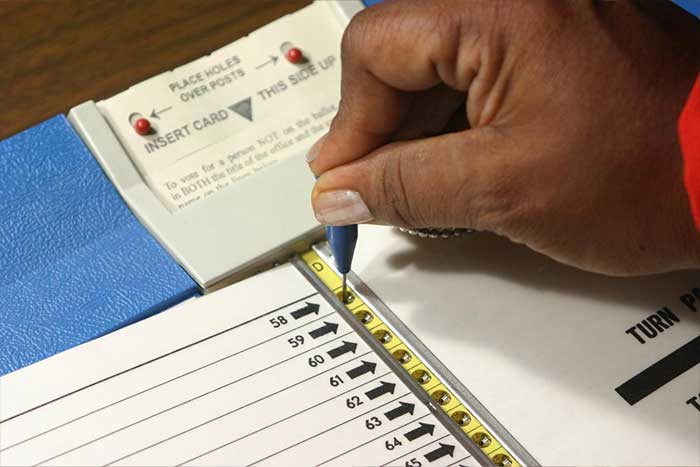
Punch Card Voting Systems
Punch Card Voting Systems employ a card (or cards) and a small clipboard-sized device for recording votes. Voters punch holes in the cards using a supplied punch device opposite their candidate or ballot issue choice. After voting, the voter may place the ballot in a ballot box or the ballot may be fed into a computer tabulating device at the precinct. No U.S. jurisdictions have used punch card voting systems in federal elections since 2014.
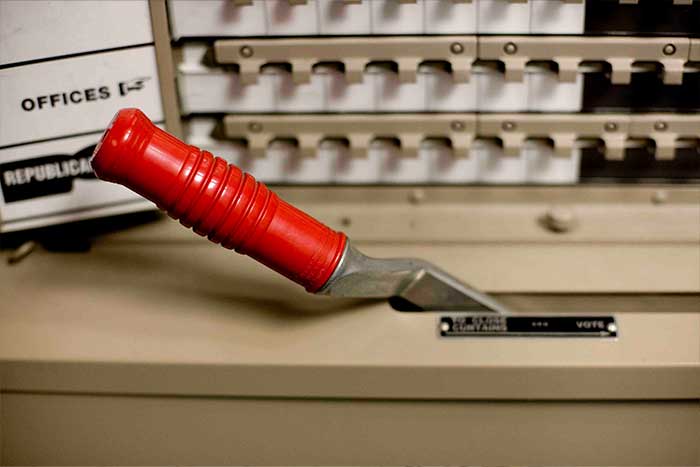
Mechanical Lever Voting Systems
First introduced in the 1890s, mechanical lever machines were used in many states during the 20th century. As recently as 1996, mechanical lever machines were used by 20.7% of registered voters in the United States. Since 2010, no mechanical lever voting machines have been used in federal elections.
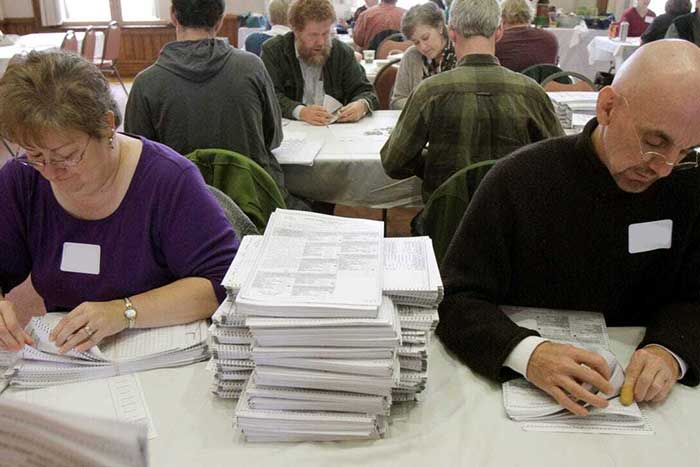
Hand Counted Paper Ballots
Some jurisdictions manually count mail ballots as well as in-person absentee and provisional ballots. While hand counts are not “voting equipment,” issues like ballot design and voter intent, which affect all voting systems, are also relevant to hand counted paper ballots. Jurisdictions that manually enter votes into DREs are included in the hand counted category.
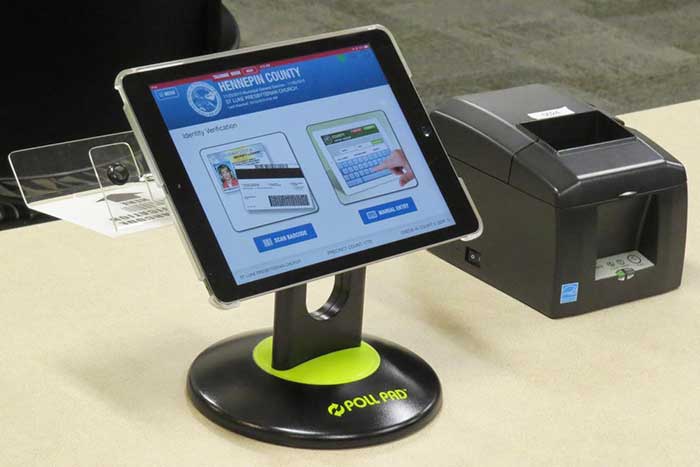
Electronic Poll Books
Many jurisdictions now use electronic poll books (or e-poll books) instead of paper poll books (or rosters) to check in voters. Some states and counties develop their own electronic poll book software to meet their specific needs; others—typically all mail ballot jurisdictions with Election Day vote centers, which are often in the elections office—look up voters directly in their voter registration databases. Both methods of checking in voters are classified as “In-House Electronic Poll Books” in the Verifier. Most in-house electronic poll book software runs on consumer off-the-shelf hardware, like laptops, desktop computers, or tablets. Typically, when a system is developed in-house, the county or state’s IT staff troubleshoots issues.
Like in-house electronic poll books, commercial electronic poll book software runs on commercial off-the-shelf hardware and serves the functions of traditional paper poll books. Since 2000, several commercial companies have developed and marketed systems that can be compatible with a variety of state voter registration databases. Electronic poll books can be useful in early voting and Election Day vote centers, which must accommodate voters from any precinct in a jurisdiction, although printed paper poll books are still recommended to serve as backups in case of power outages, server uploads, or malicious attacks.
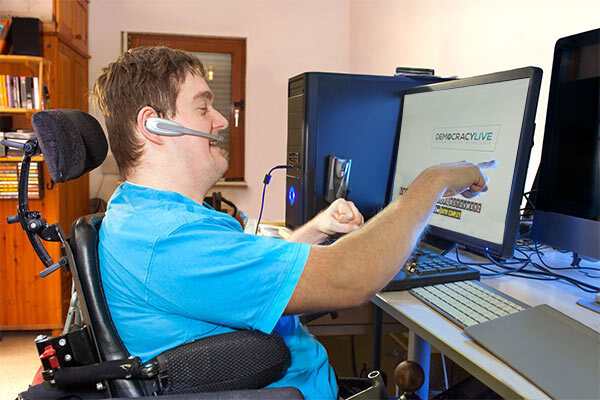
Remote Ballot Marking Systems
Remote ballot marking systems are provided by a state or county to eligible voters, who access and/or mark their ballots via a web browser. Voters are typically authenticated by entering personally identifiable information, a PIN, or a temporary password. Client-side remote ballot marking systems allow a voter to access and mark a ballot on a computer or tablet, with the marked ballot being generated locally in the voter’s browser, while server-side remote ballot marking systems use a remote server to mark and store the voter’s selections, which are transmitted to the server from the voter’s computer via the internet. Voters using remote ballot marking systems must print and mail or drop off their ballot according to the rules for mail or absentee ballots in the jurisdiction.*
Most remote ballot marking systems are commercial systems that have been developed by a non-governmental company, while a few are “in-house” systems, which are built and programmed by state election authorities.
*Remote ballot marking systems that support the electronic return of voted ballots are categorized as internet voting systems. Read more about the dangers of internet voting here.

Voting Equipment Database
Some types of voting equipment are more secure than others. Verified Voting’s in-house database of the election equipment in use in every U.S. election jurisdiction includes overviews of voting systems, voting instructions, demonstration videos, and manufacturer information so election integrity advocates, election officials, researchers, and voters can understand the technology used to mark or count votes.
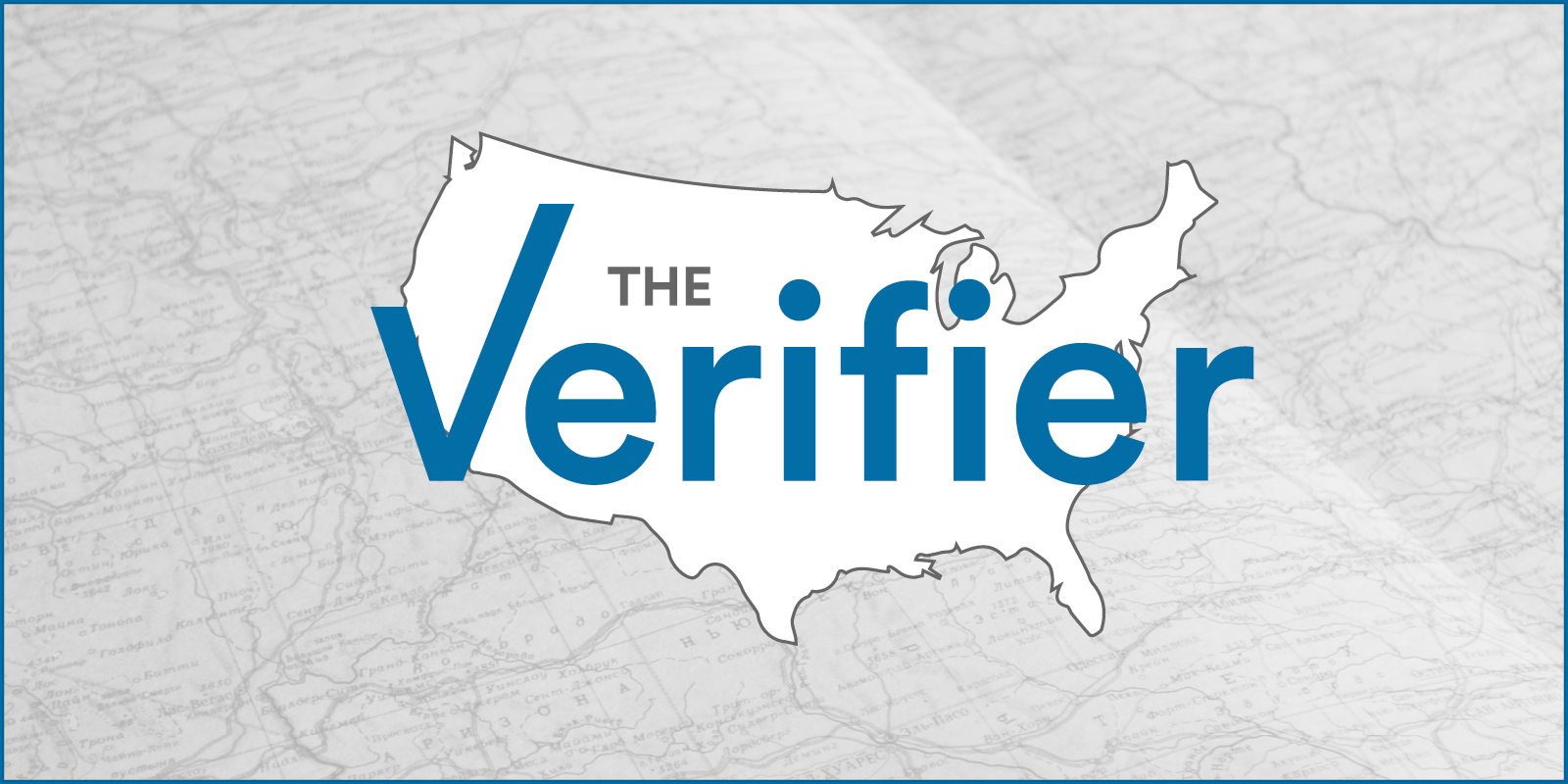
The Verifier
The Verifier is the only free and publicly available comprehensive database of election equipment down to the precinct level of the United States, from the current election cycle back to 2006.
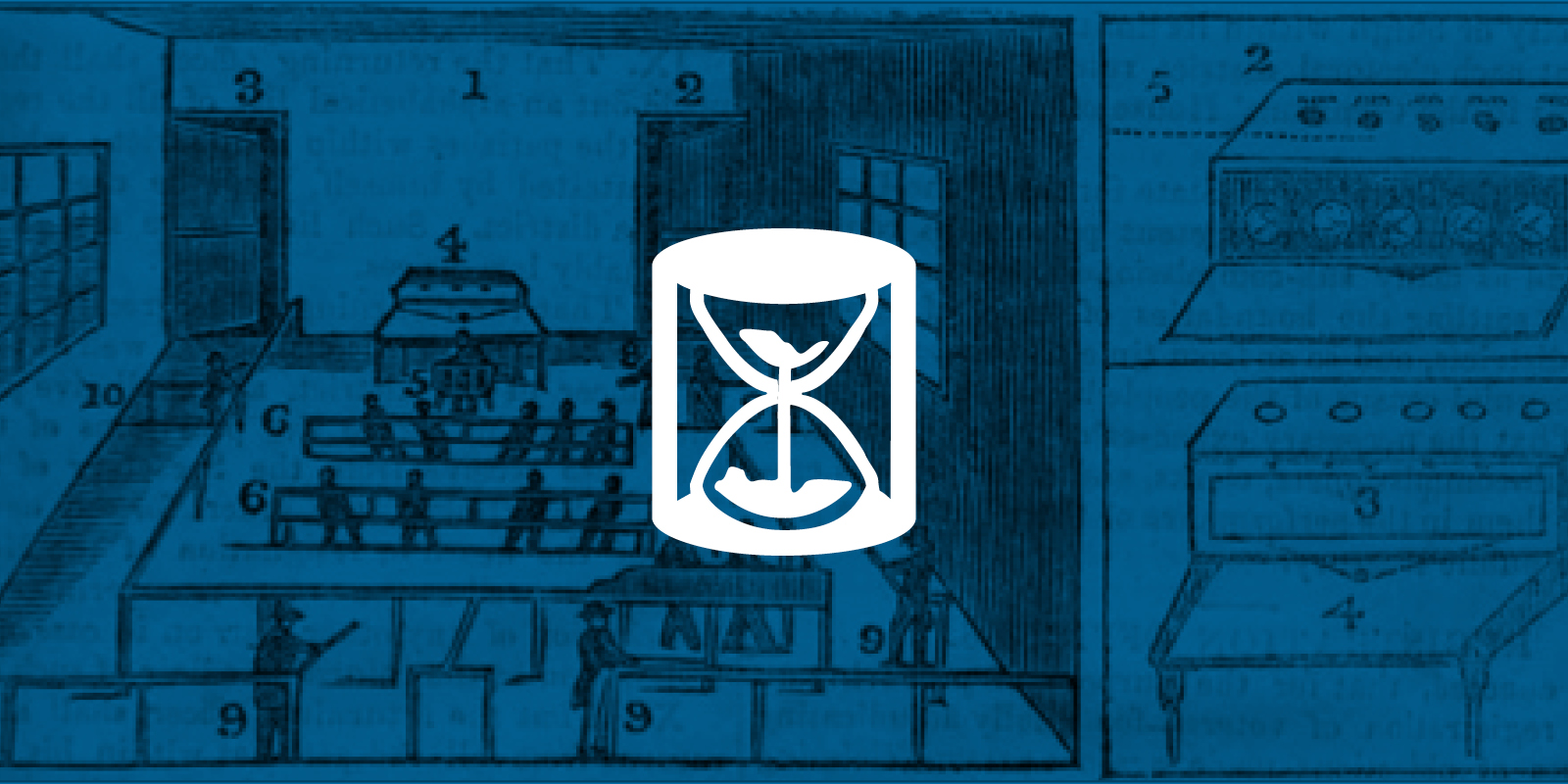
The History of Voting Machines
The conduct of elections has changed in many ways over the past 200 years. Read an excerpt of Douglas Jones’ Brief Illustrated History of Voting to learn more about how votes were historically cast.
MORE
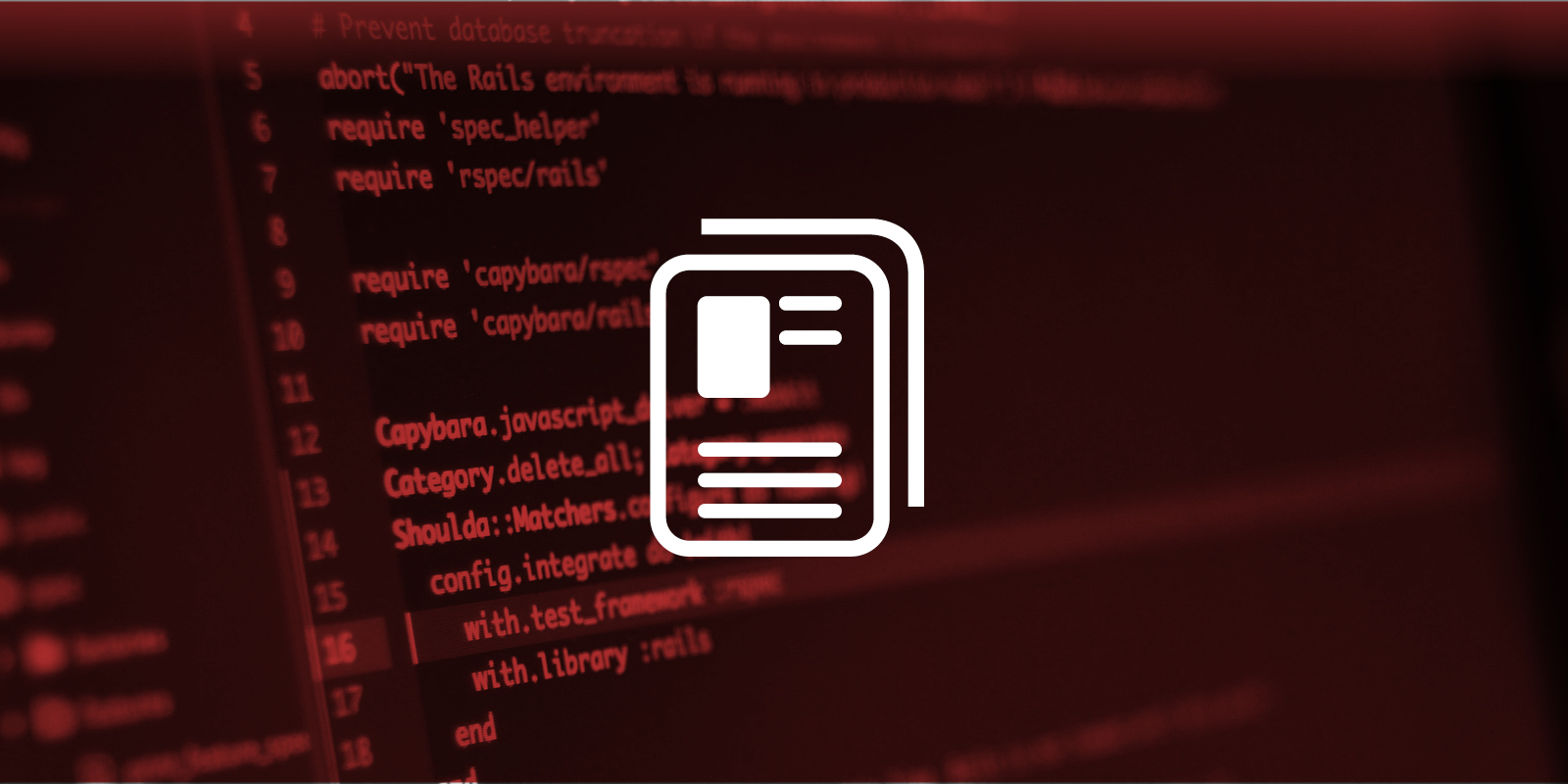
Resolution on Electronic Voting
In 2003, prior to founding Verified Voting, David Dill circulated the petition “Resolution on Electronic Voting,” which was signed by thousands of computer science professionals, attorneys, politicians, voting rights experts, and citizens. The cornerstone of the campaign was a demand that all Direct Recording Electronic (DRE) voting systems be equipped with a voter-verified paper trail because computerized voting equipment is inherently subject to vulnerabilities.
MORE
